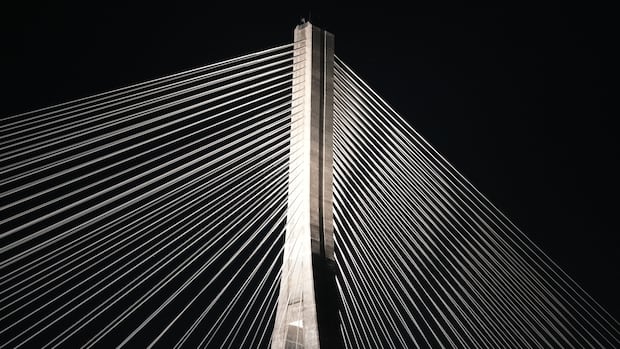Canada narrows choices for new submarines to German and South Korean bidders
Canada’s Submarine Decision: A Strategic Partnership on the Horizon
As the CEO of Germany’s ThyssenKrupp Marine Systems (tkMS), Oliver Burkhard, made a compelling case for Canada to consider purchasing submarines from his company, he emphasized the importance of a “strategic partnership” between the two nations. Burkhard spoke of Canada becoming part of a “family” through this collaboration.
Recently, Canada announced that it had narrowed down the list of contenders to build its new submarines to two bidders – TKMS and South Korea’s Hanwha Ocean Ltd. Prime Minister Mark Carney, who is currently on a trip to Europe, is expected to play a crucial role in the decision-making process regarding the submarine procurement.
During his visit to Germany, Carney met with Chancellor Friedrich Merz and participated in discussions aimed at enhancing trade relations and establishing partnerships in critical mineral industries. However, defense and security issues remain a top priority on Carney’s agenda, especially concerning the submarine procurement.
Carney is committed to ensuring a fair and transparent competition in the submarine selection process. He plans to visit the Hanwha shipyard in South Korea later this fall to gather more information before making a final decision.
The debate within the Canadian government now revolves around whether to request full proposals from the bidders or proceed directly to contract negotiations with a preferred supplier. Hanwha Ocean Ltd. submitted a detailed bid last March, while TKMS provided comprehensive responses to the government’s request for information.
German Chancellor Merz emphasized the importance of drawing Canada into a submarine partnership with Norway for the sake of Transatlantic security. The Type 212CD, a German-designed and Norwegian-partnered submarine, is one of the leading contenders for Canada’s submarine contract.
The Type 212CD submarine, known for its versatility and Arctic operations capability, is part of a joint venture between Germany and Norway. With an order for 12 submarines, the Type 212CD is set to replace Canada’s aging Victoria-class submarines. The submarines are equipped with advanced features, including an air-independent propulsion system that allows for extended underwater operations.
TKMS has proposed the construction of a submarine maintenance facility in Canada, which would not only create job opportunities but also contribute to the local economy. If Canada decides to join the program, the first Canadian submarine could potentially be delivered by 2032-33, depending on the government’s decision-making timeline.
Carney has expressed the government’s desire to finalize the submarine procurement by 2027. The Type 212CD submarine, with its impressive specifications and capabilities, presents a promising option for Canada’s naval fleet modernization.
With the submarine selection process entering a critical phase, Canada is on the brink of forging a strategic partnership that could shape its maritime defense capabilities for years to come. As Carney navigates through the complexities of defense procurement, the decision on the submarine contract will have far-reaching implications for Canada’s national security and defense preparedness.



